Tales of Vesperia holds a special place in my heart. Other than being the first Tales game I thoroughly enjoyed, it was the first Tales game I reviewed, and it refreshed my interest in classic JRPGs at a time when most big titles were trying to do something a bit different. Its action-based gameplay isn’t exactly a turn-based system but other JRPG stuff – world maps, for instance – had been on the way out for some time.
So, yes, having Vesperia come to PC is a nice treat. Nicer still is that this is a brand new Definitive Edition, containing the new content from the PS3 version (which never reached the West), plus the full Japanese voice track. And, naturally, it looks a bit nicer than it did back then.
But does it really deserve the appellation of “definitive”? Let’s have a look.
Tales Of Graphics Options
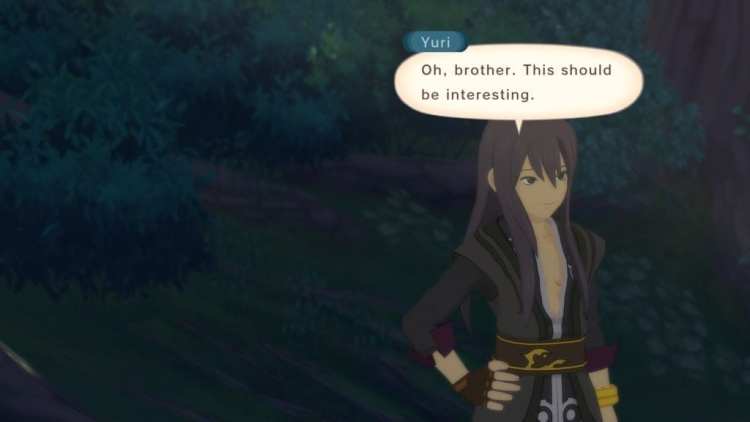
Yuri’s ability to snark at everything is one of the many reasons he’s among my favorite Tales of protagonists.
Minimum Specs:
CPU: Intel Core i5-750 @ 2.7GHz / AMD X6 FX-6350 @ 3.9 GHz
Memory: 4GB RAM
Graphics: GeForce GTX 660 2GB / Radeon HD 7950 3GB
Recommended Specs:
CPU: Intel Core i7-4770S @ 3.1 GHz / AMD Ryzen 7 1700
Memory: 16GB RAM
Graphics: GeForce GTX 970 / Radeon RX 470
Reviewer’s Specs:
CPU: Intel Core i7-3820 @ 3.6 GHz
RAM: 16 GB
Graphics: GeForce GTX 1080 Ti
Yes, okay. I’m a little way over the game’s required system, so it’s probably not surprising that Tales of Vesperia: Definitive Edition runs just fine. We’ll go over framerates shortly, as those provided some amusement, but first, let’s have a gander at the options.
Fairly limited, and nothing too surprising. Anisotropic filtering goes up to 16x, and anti-aliasing supports both FXAA and MSAA. You’ve got Windowed, Borderless, and Fullscreen; you can turn Vsync on or off, and the other options can be set to High, Medium, or Low.
The “main” options menu is far more granular. Again, there’s nothing too exciting, but it’s nice to see a lot of the options in there: multiple font types; separate options for subtitles in skits, movies, and post-battle chats; volume controls for voices in and out of battle… there’s a lot, honestly.
Tales Of Performance
But let’s talk about framerates and how things look. With absolutely everything turned on, Vesperia locked itself to 60 FPS (because of Vsync) and ran without a hitch. With everything except Vsync turned on, Vesperia generally wandered between 110 FPS and 170 FPS. To my continued amusement, though, it would occasionally go higher. Much higher. In a couple of dungeons, where there’s not so much to render and draw distances are more limited, it was around 500 FPS.
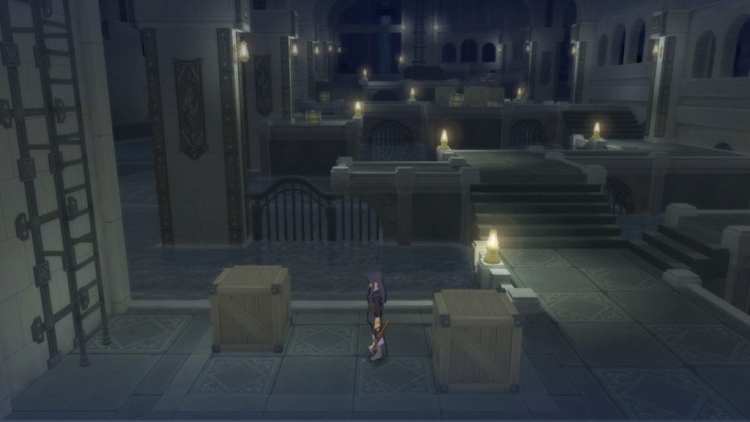
Welcome to a view of the entirety of an early sewer dungeon, which flew along at hundreds of frames per second.
This led me to try something I don’t normally do. I installed the game on my poor, long-suffering laptop, and figured I’d check out how it ran there.
Laptop Specs:
CPU: i7-4710MQ @ 2.50GHz
Memory: 16GB RAM
Graphics: GeForce GTX 860M
Those specs aren’t actually too bad for a gaming laptop from a few years back, and it’s definitely above the minimum specs. That said, the laptop desperately needs a work-over. It’s bloated and full of unnecessary software, is using very old drivers, and runs an awful lot slower than it should. Honestly, I don’t use it for gaming much, with the exception of smaller indie games. So how did Vesperia work here?
Not… badly, actually. Not well, for sure, but it could’ve been a lot worse. It was usually sat between 20-30 FPS at 1920×1080 and was slower on field maps than in combat. What’s more interesting is that the settings made barely any difference to the framerate. In dungeons and combat, the framerate was effectively identical no matter how I’d changed the graphics. On the overworld and in busier towns, there was more of a difference, but still nothing too noticeable.
(That said, Vesperia recommended 800×600. I suspect things might’ve been smoother there.)
Tales Of Graphical Comparisons
So it runs well, then, although it doesn’t look like the settings make much of a difference in framerate. As for how much of a difference they make visually, here are some shots from very early, non-spoilery areas:
Considering the stylised look? Not much difference, really. The differences that exist are noticeable when you’re doing side-by-side comparisons, but it looks good no matter what. The most noticeable stuff are the shadows and the level of detail in distant models, but that’s about it.
There are actually two issues that pop up more with the graphics set higher, though I haven’t found “perfect” settings yet. For one thing, bits of characters can blend into each other on higher settings, likely due to anti-aliasing. The “lines” that delineate separate parts of the body can almost vanish, so when a character raises their hand to their chin, it can occasionally look like their hand is part of their chin. Little bits of detail in distant character models can also vanish into near-invisibility as a result. The other issue is down to lighting: there’s an awful lot of bloom at times, which you can probably see on the poor scholar’s face below.
But these are mostly little complaints and nothing that’d stop me from calling it this a really good PC version. That’s only one part of the equation, though: how does it control?
Tales Of Mouse & Keyboard
Rather well, actually, even on mouse and keyboard. Vesperia fully supports the mouse in all menus, and most everything can be rebound. All control prompts show off the mouse and keyboard inputs, and my extra mouse buttons are also supported. It doesn’t have Tales of Berseria‘s shift-key combo problems, although it also doesn’t have combos work in the same way.
This wouldn’t be a true tech review if I couldn’t find something to nitpick, though, so again: there are some minor problems. While the mouse is supported in the menus, it’s really not an optimal way to control them. They’re built around digital inputs like gamepad or keyboards. And, as far as I can tell, there isn’t a way to redefine the “accept” key… so that’s either going to be the left mouse button or Enter. Which means either taking your hand off the mouse or attempting to click LMB without moving the mouse at all and resetting the cursor position to wherever it was before.
The other problem is that the game itself is designed more for analog inputs. This only crops up a few hours into the game when you get the Sorcerer’s Ring. This item is used to stun roving monster groups before you start combat with them, as well as solve environmental puzzles… but because of the free movement in a 3D world, it’s a pain to aim with four direction keys. There’s a reason why the controls include buttons to rotate the main character left and right, but you’re still going to end up with positioning problems.
While the Sorcerer’s Ring is a problem that does actually impact gameplay (especially when you get back-attacked by an enemy you attempted to stun because the protagonist was facing a little too far in one direction), the mouse and keyboard controls are honestly pretty good.
Tales Of Last Little Problems
You can just plug in a gamepad, though this also leads to a couple of problems. I couldn’t make it recognize my PS4 pad as a PS4 pad no matter what, which meant I was stuck with Xbox button prompts. The other issue is down to the game supporting local multiplayer in combat: whatever control option you use to load your save is what you’re stuck using unless you go into the options. If you have a gamepad plugged in, then either Player 1 or Player 2 is assigned to the gamepad until you next load the save or change this directly in the controls. You can’t alternate between the gamepad for some bits and the keyboard for others. Understandable, with the multiplayer, but I don’t like it.
It’s also worth mentioning something that came up a few months back, which is that Troy Baker apparently didn’t reprise his role as protagonist Yuri Lowell for the new voiced scenes. This may or may not bother you: you can have a listen to various trailers and other bits online to hear the difference for yourself. I don’t think I’ve hit any of these scenes in my playtime; if I have, I’ve been unable to tell the difference. Judging from what I’ve heard in trailers, it’s noticeable but not massively jarring.
For the most part, though, these are niggling problems rather than huge issues. Tales of Vesperia is a really rather good PC version. While this may be the definitive edition of Tales of Vesperia, it’s not quite perfect, and it’s hard to say whether or not the PC version is the truly definitive version.

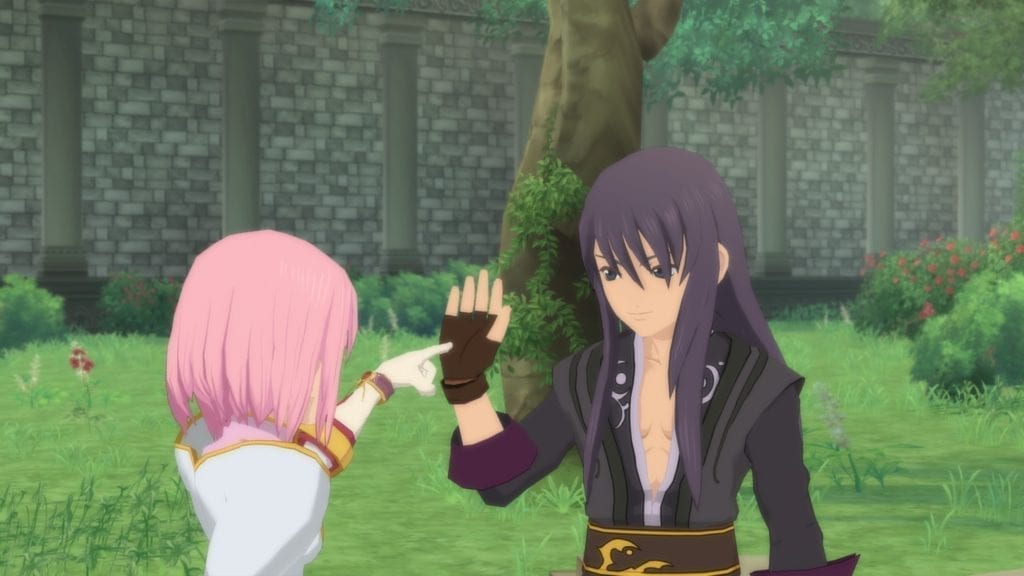

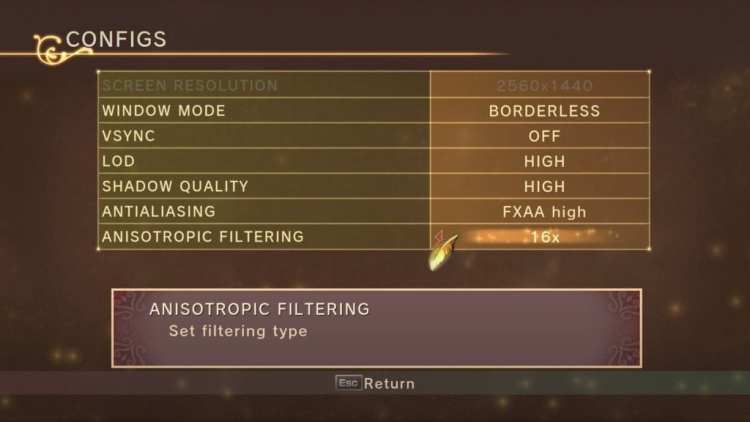
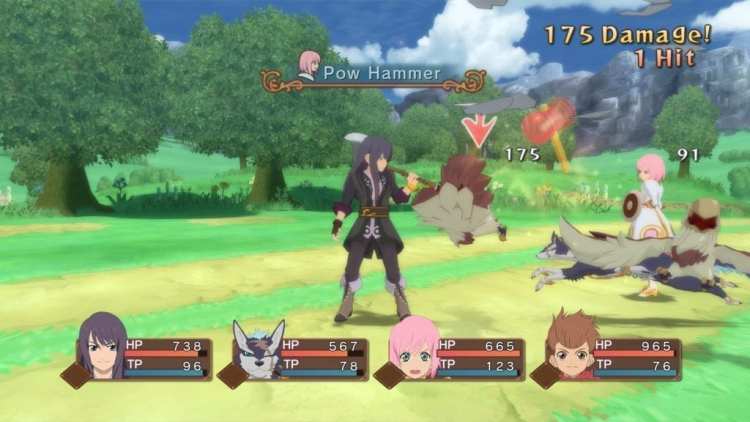
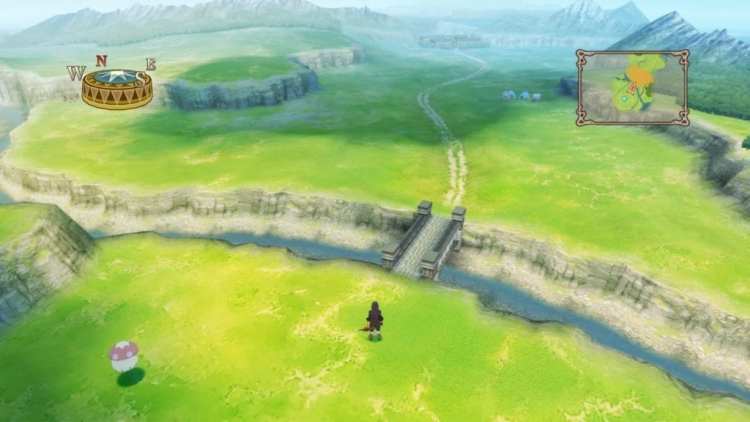
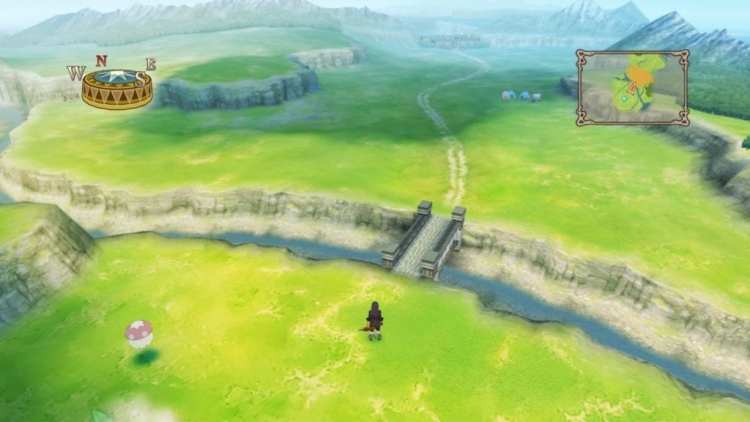
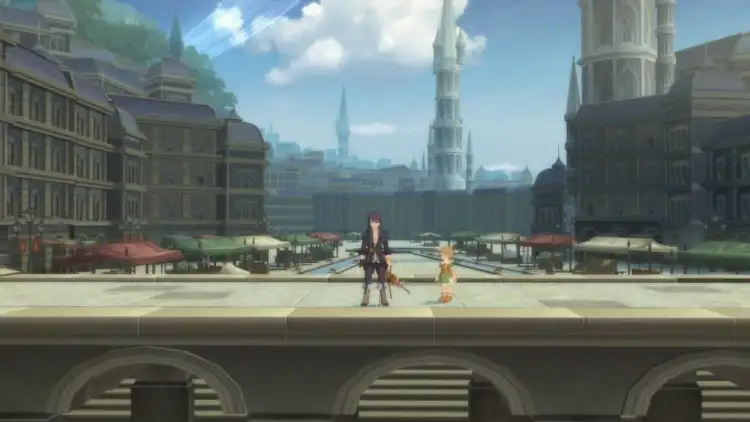
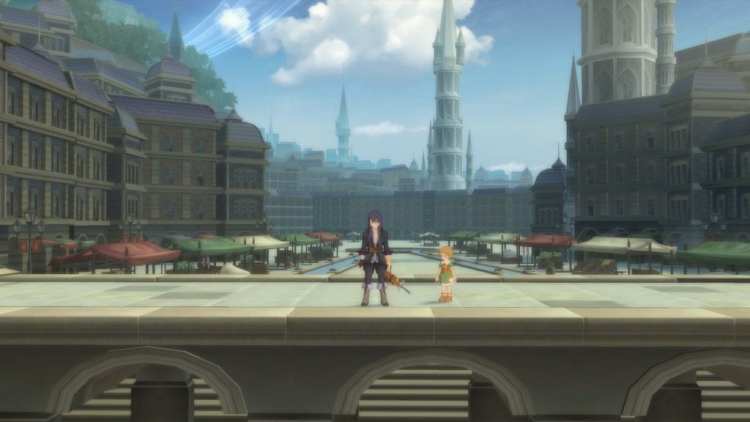
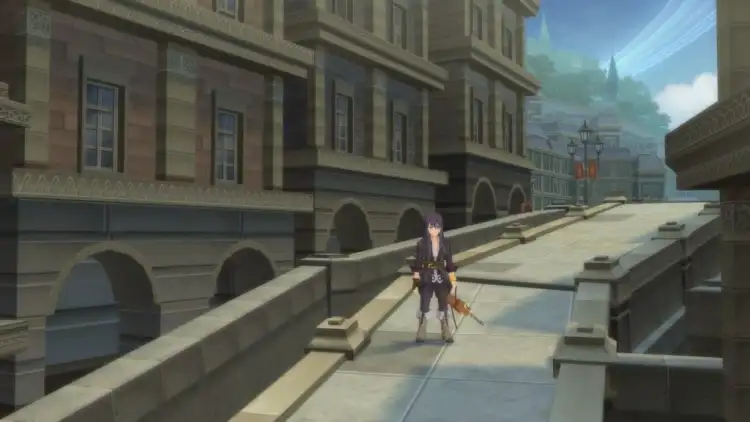
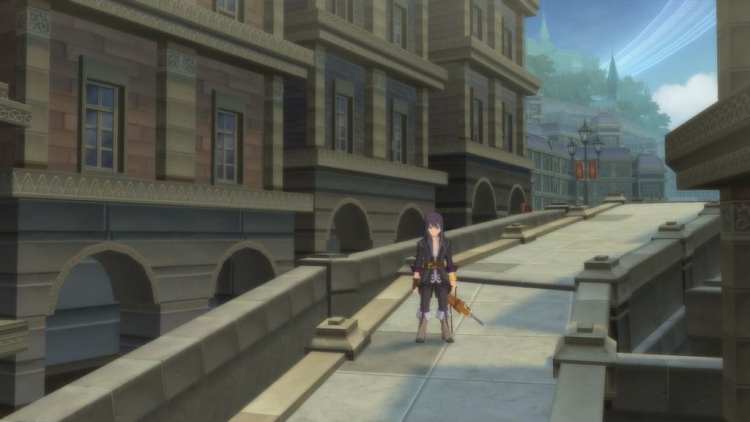
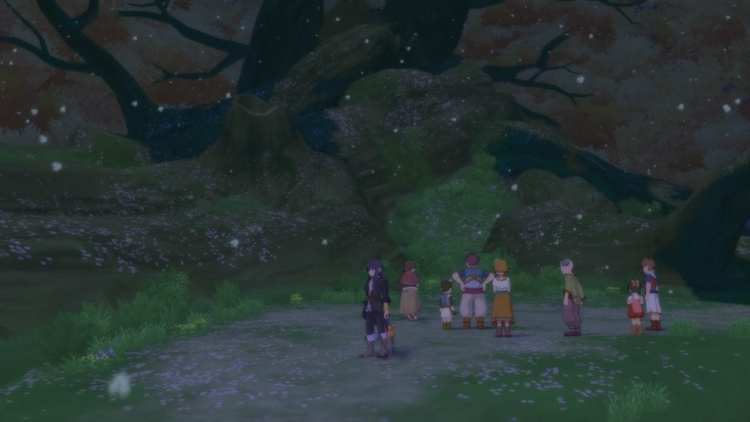

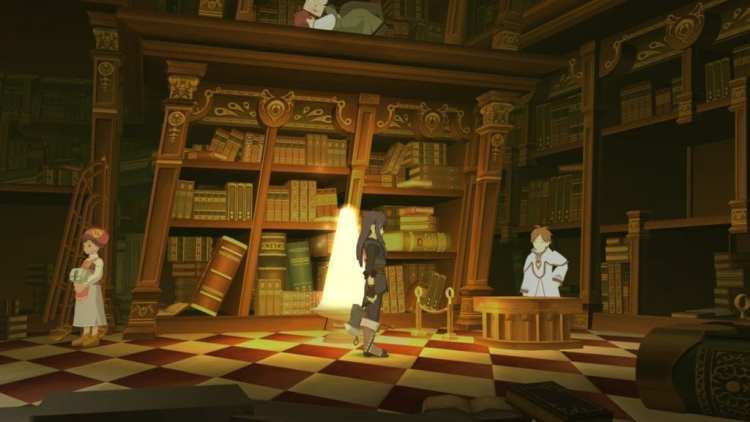
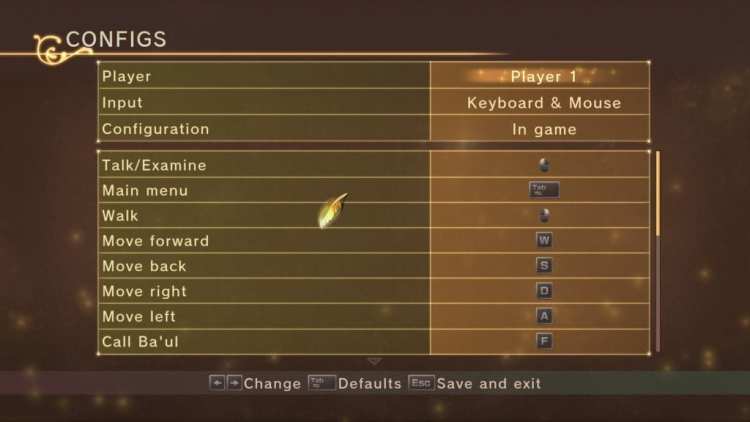
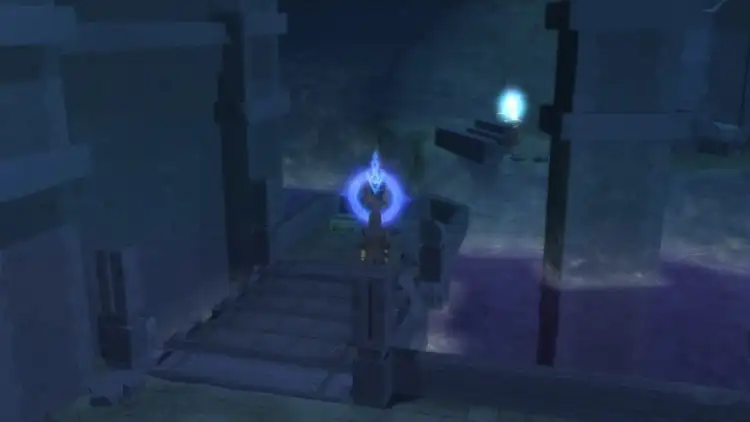
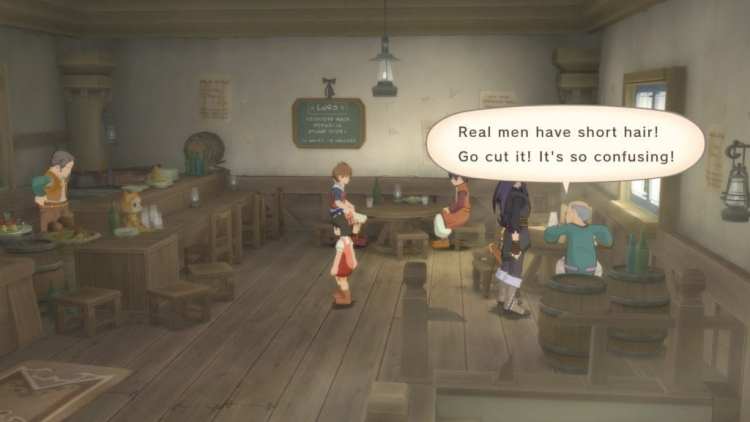





Published: Jan 9, 2019 10:00 am